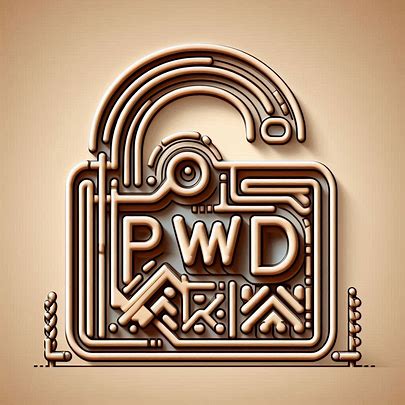Understanding HTML: The Backbone of the Web
Introduction
In the vast world of web development, HTML stands as a fundamental pillar. But what exactly is HTML? What does it stand for, and why is it so crucial in the realm of computers and the internet? This post aims to delve deep into the HTML full form, its structure, and its significance in web development.

What is HTML?
HTML Full Form is HyperText Markup Language, is the primary language used to structure and design web pages. It forms the backbone of any website, defining the structure and layout of web content. HTML is not a programming language; rather, it is a markup language that uses tags to annotate text, images, and other content for display in a web browser.
HTML Full Form in Computer
The HTML full form is HyperText Markup Language. Each part of this term has a specific meaning:
- HyperText: HTML enables you to create links that connect web pages, either within the same website or across different websites.
- Markup: Indicates that HTML uses tags to mark up the text and other content to be displayed on a web page.
- Language: Denotes that HTML is a language with its own syntax and rules, used to communicate with web browsers.
The Evolution of HTML
HTML has evolved significantly since its inception. The original version of HTML was developed by Tim Berners-Lee in 1991. Over the years, HTML has undergone several revisions, with HTML5 being the latest version. HTML5 introduced new elements, attributes, and behaviors, providing more powerful and flexible ways to create web content.
HTML Structure
The structure of an HTML document is hierarchical and consists of various elements.
<!DOCTYPE html>
<html>
<head>
<title>Page Title</title>
</head>
<body>
<h1>This is a Heading</h1>
<p>This is a paragraph.</p>
<a href="https://www.example.com">This is a link</a>
</body>
</html>
- <!DOCTYPE html>: Declares the document type and version of HTML.
- <html>: The root element that contains all other elements.
- <head>: Contains meta-information about the document, such as the title.
- <title>: Sets the title of the web page.
- <body>: Contains the content of the web page, such as headings, paragraphs, and links.
Key Elements of HTML
HTML consists of various elements, each serving a specific purpose. Some of the key elements include:
- <h1> to <h6>: Heading tags, with <h1> being the highest level and <h6> the lowest.
- <p>: Paragraph tag, used to define a block of text.
- <a>: Anchor tag, used to create hyperlinks.
- <img>: Image tag, used to embed images.
- <div>: Division tag, used to group block-level elements.
- <span>: Span tag, used to group inline elements.
HTML Attributes
HTML elements can have attributes that provide additional information about the element. Attributes are always included in the opening tag and usually come in name/value pairs like this: name=“value”. Here are some common attributes:
- id: Defines a unique identifier for an element.
- class: Assigns one or more class names to an element.
- src: Assigns the source file for an image.
- href: Specifies the URL for a link.
- alt: Provides alternative text for an image.
Importance of HTML in Web Development
- Foundation of Web Pages: HTML provides the basic structure of web pages, which is essential for creating any website.
- Accessibility: HTML helps in creating accessible web content, ensuring that websites are usable by people with disabilities.
- Interactivity: HTML, in conjunction with CSS and JavaScript, allows for the creation of interactive and dynamic web pages.
Why is HTML Important?
HTML is essential for creating web pages because it provides a structured way to organize content and make it accessible to users and search engines. It’s a fundamental language for web development and is used in conjunction with other technologies like CSS (Cascading Style Sheets) for styling and JavaScript for interactivity.
FAQs about HTML
Q1: What is HTML?
A1: HTML stands for HyperText Markup Language. It serves as the standard markup language for building web pages.
Q2: What is the full form of HTML in computer?
A2: The full form of HTML in computer is HyperText Markup Language.
Q3: What is the structure of an HTML document?
A3: An HTML document consists of a doctype declaration, root element (<html>), head element (<head>), and body element (<body>).
Q4: Why is HTML important?
A4: HTML is important because it provides the basic structure of web pages, improves SEO, ensures accessibility, and allows for interactivity.
Q5: What are some key elements of HTML?
A5: Some key elements of HTML include headings (<h1> to <h6>), paragraphs (<p>), links (<a>), images (<img>), divisions (<div>), and spans (<span>).
Q6: How has HTML evolved over the years?
A6: HTML has evolved from its first version in 1991 to the latest version, HTML5, which introduced new elements, attributes, and behaviors.
Conclusion
Understanding the HTML full form and its structure is fundamental for anyone interested in web development. HTML is the backbone of the web, providing the necessary framework to create structured, accessible, and interactive web pages. Whether you are a beginner or an experienced developer, mastering HTML is essential for building effective and engaging websites.








